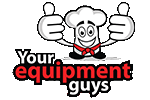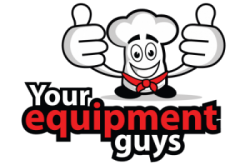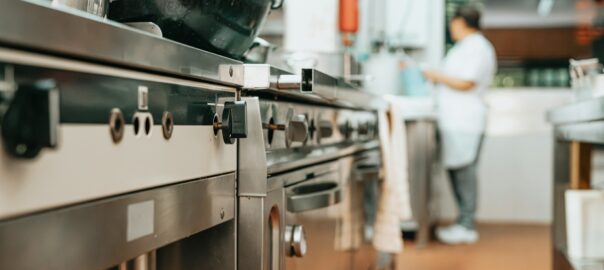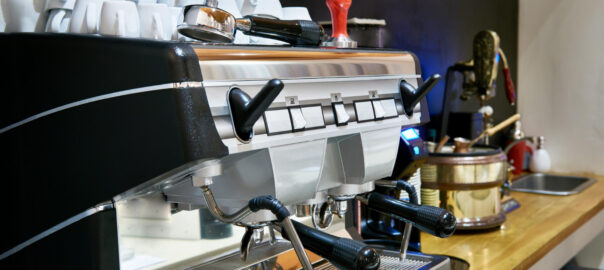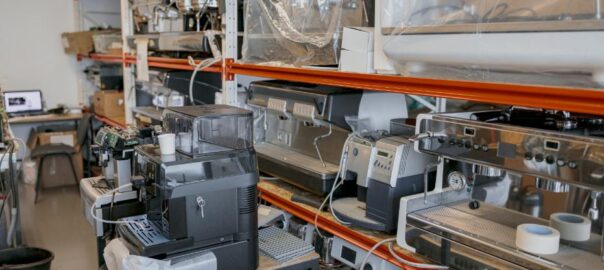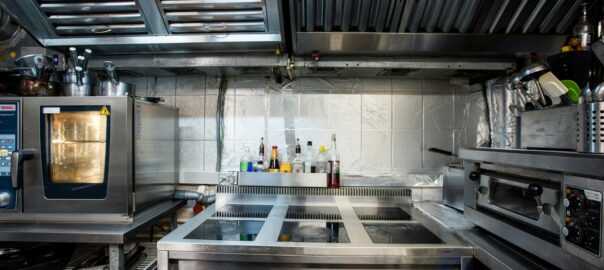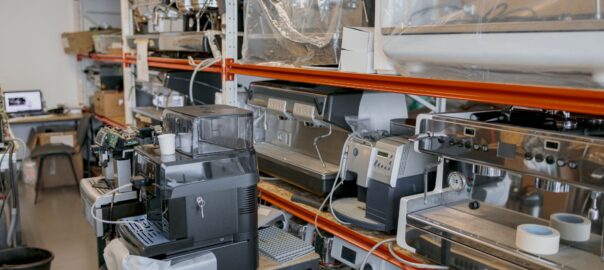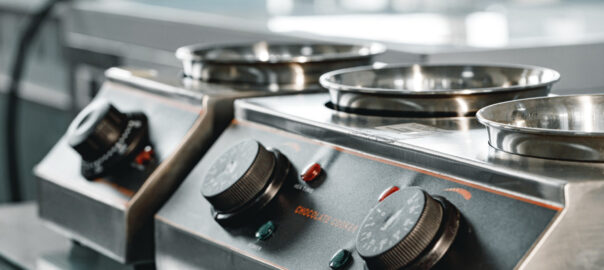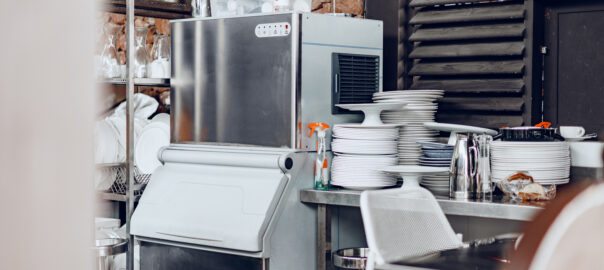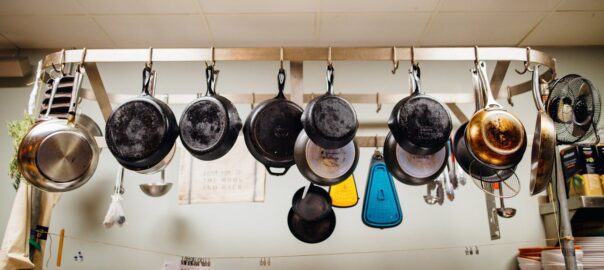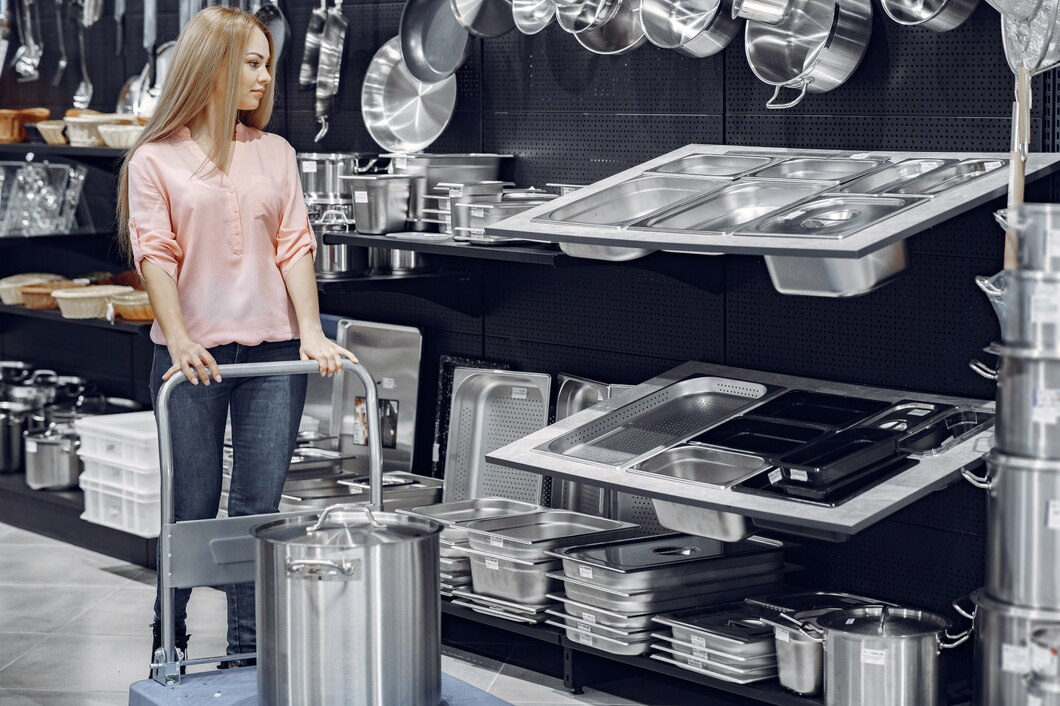
Restoring used restaurant equipment can be a cost-effective way to equip your kitchen without sacrificing quality. Whether you’re opening a new restaurant or looking to replace old gear, giving used equipment a new lease on life saves money and reduces waste.
Join us as we explain the steps and their importance, setting the foundation for a successful restoration project. This approach enhances your kitchen’s functionality and aligns with eco-friendly practices.
Assessing the Condition of Used Restaurant Equipment
Before you start restoring used restaurant equipment, it’s important to assess its condition thoroughly. This step helps you identify which items are worth restoring and which ones are beyond repair.
- Visual Inspection: Begin with a detailed visual inspection. Look for visible damage like dents, rust, and scratches. Check for missing parts and ensure all components are intact. Note any areas that might need special attention or replacement parts during restoration.
- Functional Testing: Next, check if the equipment works. Plug-in electrical items and see if they power up. For mechanical equipment, test moving parts to ensure they operate smoothly. Listen for unusual noises that could indicate underlying problems.
- Safety Check: Evaluate the safety features of the equipment. Inspect electrical wiring for fraying or damage. Ensure all safety guards are in place and functioning. For gas-powered equipment, check hoses and connections for leaks. Safety should always be a top priority.
Performing a thorough assessment helps you understand the scope of restoration needed. This information is crucial for planning your project and ensures you focus your efforts on items with the most potential.
Essential Tools and Supplies for Restoration
Restoring used restaurant equipment requires the right tools and supplies. Having these items on hand makes the process more efficient and effective.
Cleaning Supplies:
- Degreasers: Essential for removing built-up grease and grime from surfaces.
- Scrub Brushes: Use various sizes and stiffness to tackle different areas.
- Microfiber Cloths: Effective for wiping down and polishing equipment.
Repair Tools:
- Screwdrivers and Wrenches: Critical for disassembling and reassembling parts.
- Pliers: Useful for gripping and bending wires and small parts.
- Multimeter: Handy for checking electrical components and connections.
Replacement Parts:
- Gaskets and Seals: Often need replacing due to wear and tear.
- Bulbs and Heating Elements: Common parts that burn out over time.
- Knobs and Switches: Replace broken or worn-out controls to ensure functionality.
Restoration Supplies:
- Paint and Brushes: Repainting can make old equipment look new again.
- Epoxy and Sealants: Useful for fixing cracks and sealing surfaces.
- Lubricants: Reduce friction and wear on moving parts.
Step-by-Step Guide to Restoring Common Equipment
Being prepared with these tools and supplies helps make the restoration process smoother. It ensures you can tackle any issues that arise and bring your equipment back to life efficiently.
Restoring used restaurant equipment can be a rewarding process. Follow these steps to bring your items back to life:
- Cleaning: Start with a thorough cleaning. Use degreasers and scrub brushes to remove grime and grease. Clean every nook and cranny, as build-up can affect the equipment’s performance. Wipe down with microfiber cloths to avoid leaving streaks.
- Disassembly: Carefully disassemble parts that need fixing or replacing. Use the appropriate tools like screwdrivers and wrenches. Keep track of all screws and small components by placing them in labeled containers.
- Repair: Identify broken or worn-out parts. Replace gaskets, seals, bulbs, and heating elements as needed. Use pliers and a multimeter to check electrical connections. Repair cracks with epoxy and sealants.
- Reassembly: Once repairs are complete, reassemble the equipment. Make sure all parts fit correctly and secure all screws tightly. Refer to the equipment’s manual if needed to ensure proper assembly.
- Repainting and Finishing: If the equipment’s exterior is damaged, consider repainting it. Use food-safe paint and brushes to cover any scratches or chips. Apply lubricants to moving parts to ensure smooth operation.
- Final Testing: Power up the equipment and run it through a few tests to make sure it works properly. Check for any unusual noises or issues and address them immediately.
Following these steps ensures a thorough restoration, making your used equipment as good as new.
Benefits of Restoring Used Equipment
Restoring used restaurant equipment offers numerous benefits. Here’s why it’s a great choice for your business:
- Cost Savings: Purchasing new equipment can be expensive. Restoring used equipment is often a fraction of the cost, saving you significant amounts of money. This allows you to allocate funds to other important areas of your business.
- Environmental Impact: Restoring and reusing equipment reduces waste and promotes sustainability. It minimizes the need for new manufacturing, which in turn lowers your restaurant’s carbon footprint.
- Quality and Durability: Older equipment is often built to last. By restoring it, you can maintain high-quality and durable items in your kitchen. They continue to perform reliably for years to come.
- Customization: Restoring items gives you the chance to customize them to better fit your restaurant’s needs. Whether it’s adding new features or adjusting their appearance to match your kitchen’s aesthetic, customization is easy during the restoration process.
- Learning Experience: Going through the restoration process helps you and your staff understand the inner workings of your equipment. This knowledge is valuable for future maintenance and repairs.
Restoring used equipment not only saves money but also supports eco-friendly practices and enhances the longevity of your tools.
Conclusion
Restoring used restaurant equipment is a smart and sustainable choice for any business. By carefully assessing the condition of your items, gathering the right tools and supplies, and following a structured restoration process, you can give your equipment a new lease on life. Not only do you save money, but you also contribute to a more sustainable industry. Refurbished equipment can perform just as well as new, offering quality and durability while allowing for customization to suit your needs.
Ready to breathe new life into your old equipment and discover more ways to make the most of your resources? Contact us at Your Equipment Guys today to explore our comprehensive range of services tailored for buying, selling, trading, and auctioning affordable restaurant equipment. Let us help you transform your kitchen with quality restored equipment.
